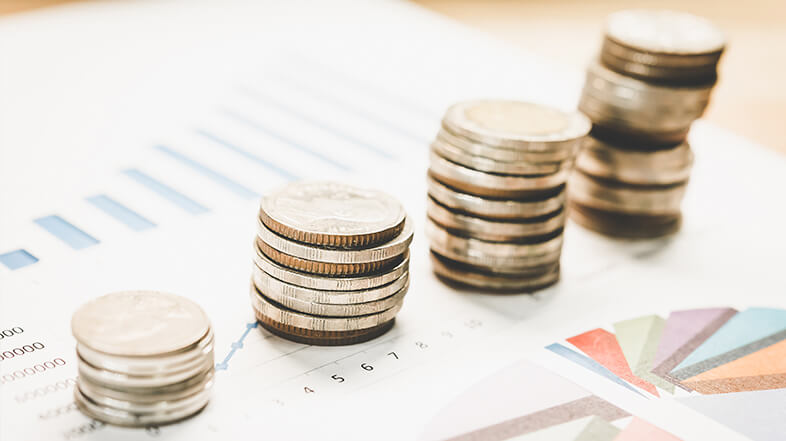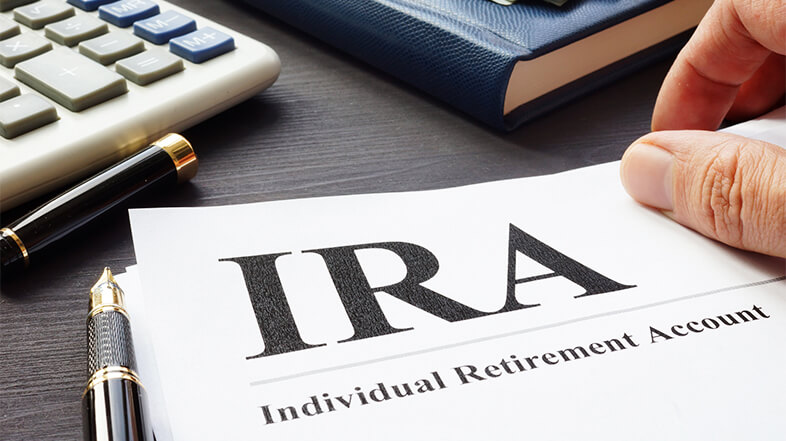
12 Second Quarter Personal Finance Tips
Just like that, we are headed into spring, which means it’s time for a financial checkup using our second quarter personal finance tips for 2022.
Many Americans entered 2022 with big financial goals. According to the New York Life Wealth Watch survey:¹
- When asked how they were feeling about their finances going into the new year, nearly 40% of adults surveyed reported feeling “hopeful,” 1 in 4 (25%) reported feeling “on track towards a goal/lifestyle,” and 28% reported feeling “uncertain.”
- Many adults reported focusing on short-term goals like building an emergency fund (38%), paying off credit card debt (31%), and paying for a vacation (27%).
- Millennials and Gen Zers are both seeking guidance from a financial professional to help develop their financial strategy.
- About two-in-five adults (39%) reported feeling less confident about retirement when compared to their peers.
- Americans are aiming to save an average of $5,710 in 2022.
Do these numbers reflect your 2022 financial goals? More importantly, how did you measure up the first 3 months of this year?
Whether you find yourself lagging behind or on track, check out our second quarter personal finance tips to guide you to financial stability and freedom.
#1 Assess Your Progress

The first thing you should do is assess your progress. What have you accomplished in the first quarter? What turned out to be more difficult than you expected?
If you see areas in your finances where you are not where you want to be, plan steps you can take to get on track.
#2 Review Your Budget

It’s vital to regularly do budget checkups as your cash flow changes throughout the year.
You may have received a work bonus or a raise. How will you allocate these new funds in your budget? Make sure this is accounted for.
Or, you may need to spend more money in certain areas, such as rent increases or a new car purchase. Make sure to change your budget to accommodate these changes.
#3 Find Ways to Contribute More to Your 401(k)

Your future self will be very thankful if you choose to save a little more now for retirement.
It doesn’t have to be huge amounts either. For instance, saving 1% to 2% more this quarter may make a big difference in your future.
Here’s an example. If you make $50,000 a year and receive a monthly paycheck, saving an additional 1% of your salary would mean $41.66 per month goes to your 401(k). Between April and December, this extra 1% will add up to $374.94 saved.
Can you stretch it even more – to 3%? Using the example above, if you are paid monthly and you make $50,000 a year, saving 3% would put an additional $125 a month into your 401(k). Between April and December, the additional 3% saved would add up to $1,125.
Take a look at your budget today and see how much more you can save in the second quarter.
Don’t forget, if you receive a raise, make sure you contribute even more.
[Related Read: 7 Things That May Maximize 401(k) Performance in 2022]
#4 Contribute to Your IRA

If you have a traditional or Roth IRA and haven’t contributed the full amount yet for 2021, you still have time. You are allowed to contribute until April 18, 2022.
For individual retirement accounts (IRAs), the contribution limit for 2021 is $6,000. If you are 50 and over, the max contribution is $7,000.
Take a good hard look at your finances and see what you can do to max out the contribution limit for 2021. Even if you can’t contribute the full $6,000, contribute what you can.
#5 Add More Money to Emergency Savings

The last few years have shown how important it is for everyone to have emergency savings. We never know when a disaster will strike – or how much it will cost us.
If you already have emergency savings, take time to check your progress.
Are you on track to fully fund your emergency savings by the end of the year?
If not, are there any expenses you can cut to enable you to put more into emergency savings?
If you find you’re frequently dipping into your savings, consider moving your emergency fund to a different bank from your checking account. This makes it harder to tap into it because it’s out of sight.
#6 Rebalance Your 401(k)

A key second-quarter personal finance tip is an important one.
Just how important?
What if we told you that by failing to rebalance, you are essentially turning your investments (and your future retirement income) over to chance.
Here’s why: Failing to regularly rebalance your 401(k) portfolio often results in significant losses during bad markets and opens you up to more risk exposure than you initially intended.
Remember, when it comes to the market, the only constant is change. The stock or mutual fund that you chose last quarter may or may not necessarily still be going in the right direction for you.
If you aren’t rebalancing your account allocations, you may experience much larger losses in down markets and may miss the opportunity for growth during good markets.
Which is why this personal finance tip for second quarter may help you earn and keep more of your hard-earned money.
Check out this video below to learn more about rebalancing your 401(k).
#7 Do Your Taxes

If you haven’t done your taxes, hurry! The 2022 deadline to file taxes is Monday, April 18, 2022.
For taxpayers in Maine or Massachusetts, you have until April 19, 2022, to file your returns due to the Patriots’ Day holiday.
[Related Read: Important Changes to Know before Filing 2021 Taxes]
#8 Use Your Tax Refund to Further Increase Retirement Savings

If you anticipate getting a tax refund, make the wise financial choice to use this refund to boost your retirement.
This is a much wiser choice than blowing it on a new TV or clothes.
If you want to apply your tax refund to your 401(k), we recommend contacting Human Resources and telling them the amount you want to invest. The amount will then come out of your paycheck and you can use the tax refund to live on for the pay period(s) the additional money comes out of your paycheck.
If you have a traditional or Roth IRA, you can use IRS Form 8888 to redirect your refund into your IRA. If you’re currently set up for automatic monthly contributions from your bank account, make a one-time payment for the amount of your refund.
#9 Pay Quarterly Estimated Taxes

If you’re self-employed, quarter one 2022 quarterly tax payment is due by April 18. Quarter two estimated taxes are due June 15.
Make sure you pay these quarterly tax payments to avoid a hefty tax bill in 2023.
You can pay estimated federal taxes at https://www.irs.gov/payments. In addition, many states allow you to pay estimated state taxes through their state department of revenue websites.
#10 Review Your Credit Score

Cybercrimes, such as data breaches, are a risk for every American. The second quarter is a great time to request a credit report to ensure everything is accurate. In addition, look over your credit card statements and bank accounts to verify there is no fraudulent activity.
If you haven’t signed up with your credit card company and bank to receive fraud alerts, put this on your second quarter to-do list. Better yet, do it today!
[Related Read: Cybersecurity Tips: Protect Yourself In 2022]
#11 Consider Upcoming Expenses

The New York Life Wealth Watch survey showed that 27% of Americans are saving to fund vacations.²
Are you planning a summer vacation? Are there any other big expenses coming up that you need to budget for?
Don’t let these things sneak up on you and cause you to take on more debt when you’re trying to do the opposite.
#12 Work with a Professional

One of the most important second-quarter personal finance tips is to seek professional help.
Speaking to a third-party expert during the second quarter can help you get on track with your financial goals for the remainder of 2022.
If you have a 401(k), we are here to help you grow and protect your 401(k) account.
And we do this without in-person meetings so you don’t have to drive to an appointment or spend hours preparing for the meeting.
Our done-for-you, virtual service allows you to keep your 401(k) right where it is while we review and rebalance your account based on your risk tolerance and current market conditions.
All you need to do is to connect your account to our secure platform, and we manage your account for you. There’s no need to move your account – you can keep it right where it is.
As a fiduciary, we are bound by law to put your interests first, and we do not receive commissions when we rebalance your account.
Watch this short video on how it works and how 401(k) Maneuver may help you increase your account performance.
Have questions or concerns about your 401(k) performance? Book a complimentary 15-minute 401(k) strategy session with one of our advisors.
Book a 401(k) Strategy Session
Sources:
- https://www.newyorklife.com/newsroom/2022/wealth-watch-financial-hopefulness
- https://www.newyorklife.com/newsroom/2022/wealth-watch-financial-hopefulness








